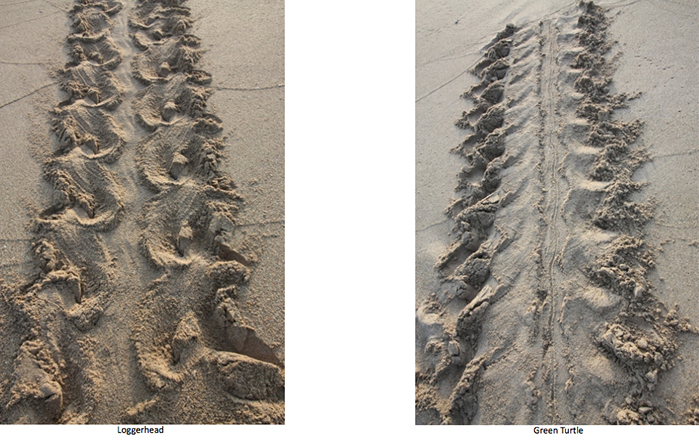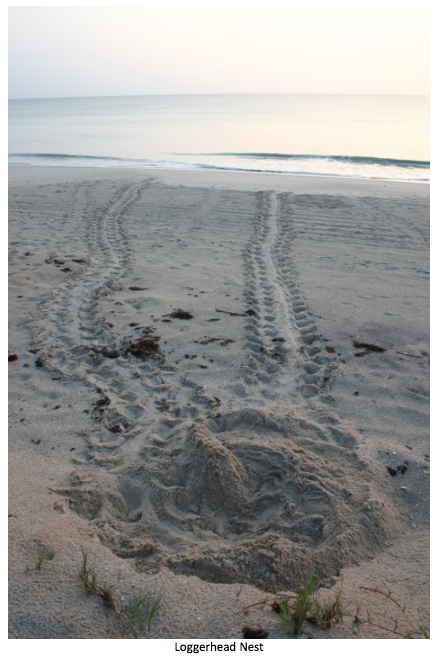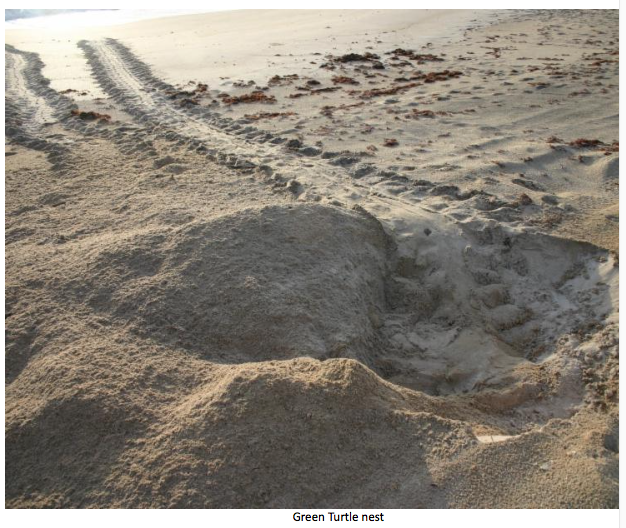Recent News
13 International Sea Cadets Visit BermudaThursday, July 10, 2014
The Bermuda Sea Cadet Corps is once again hosting its annual International Exchange programme, welcoming a group of senior cadets and their escort officers from the United Kingdom, Canada, and the United States.
Reef Watch survey reveals lack of marine predators
Wednesday, July 09, 2014
While Bermuda’s coral reefs are relatively healthy, there are concerns about a lack of fish such as grouper and snapper.
Making the case for parrot fish — and those plucky Costa Ricans
Wednesday, July 09, 2014
On Saturday I stepped back in time when I was taken to the Bermuda Aquarium Museum & Zoo by two of my children.
Island delights visiting students
Friday, July 04, 2014
The Atlantic Conservation Partnership (ACP) and the Bermuda Aquarium, Museum, and Zoo (BAMZ) recently hosted 12 students and two professors from a Florida college as part of their Coastal Environmental Science major study abroad course
Reef Watch 2014 Hailed A Marine Success
Thursday, July 03, 2014
On Saturday, June 28, the Bermuda Zoological Society [BZS], along with lead sponsor Hiscox, hosted the second annual Reef Watch Citizen Science initiative, which supports the work of the Bermuda Reef Ecosystem Analysis and Monitoring [BREAM] programme, led by chief scientist Dr. Thaddeus Murdoch.
About
GovernanceAbout Us
Newsletter
Latest News
Gift & Bookstore
Contact
General Inquiries
info@bzs.bm
Latest News
All the latest updates and news from the Bermuda Aquarium, Museum, and Zoo, one of Bermuda's leading visitor attractions!
Jennifer Gray, Bermuda Director, Bermuda Turtle Project
Are you an early riser? Do you like to walk beaches?
Be a part of our Citizen Science Volunteer Programme... take a walk and report sea turtle nesting events.
In 1870 Bermuda's Attorney General declared that there was no nesting of sea turtles in Bermuda giving us an approximate time reference for the local extinction of our nesting green turtles.
Sea turtle nesting events in Bermuda; of 1990 (Loggerhead), 2005 (Loggerhead) and 2015 (Green) give us a glimmer of hope for the future and suggest a possibility that sea turtles are nesting sporadically hidden from human eyes. All three of these nests were discovered fortuitously by observant members of our community and we encourage everyone to be aware of the tell-tale signs of sea turtle nesting and report any events to the Bermuda Turtle Project.
Historic records suggest that sea turtles in Bermuda nested between late April through June and certainly June, July and August would provide the optimal sand temperature for a sixty- day incubation period of eggs.
To identify the tracks (crawls) of a nesting sea turtle observations should be made early in the morning when they are fresh and unaltered by wind and rain. Whenever possible photographic records should be obtained. The tracks of a nesting sea turtle should emerge from the high tide mark and lead to a disturbed area of sand at the back of a beach with another track returning to the sea. Loggerhead tracks are approximately three feet wide while Green Turtle tracks are typically four feet wide.

Photos: Sea Florida Fish & Wildlife Conservation Commission


Hatchlings emerging from a nest may not leave clear tracks depending on the type of sand and wind conditions but when they do many small tracks from the nest to the sea may be observed. These should not be confused with the tracks of a hermit crab. If there are bright lights the vicinity of the beach hatchlings may become disoriented and have trouble finding the ocean.
Tracks from disoriented hatchlings.
Their tracks should lead straight to the sea. Hermit Crab tracks

Photo: Sea Turtle Conservancy
Help us understand the status of sea turtle nesting by reporting any tracks or nesting events to the Bermuda Turtle Project by calling (441) 332-2966.


